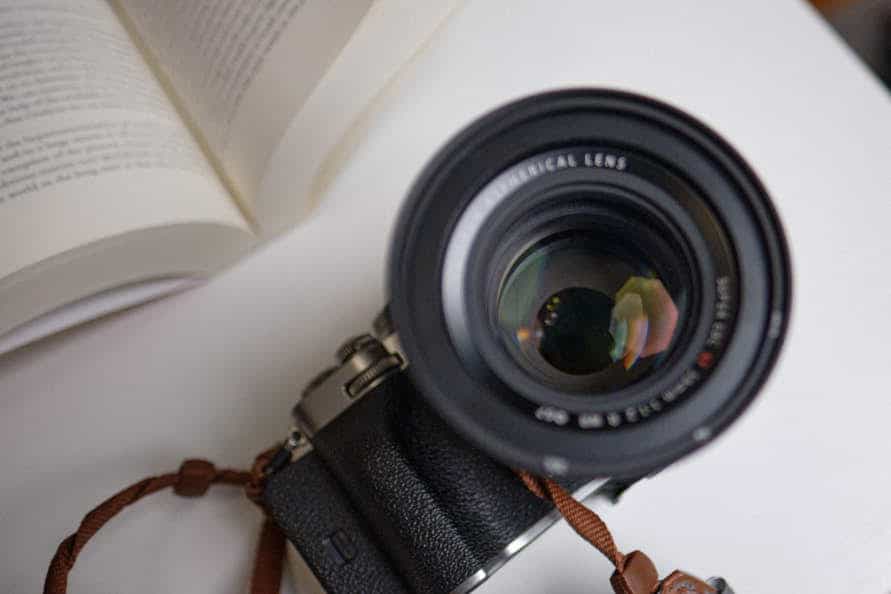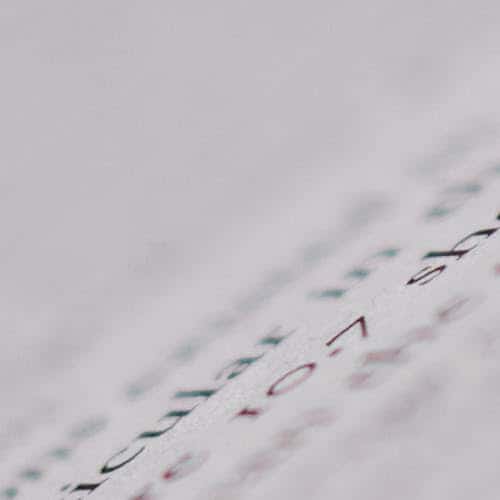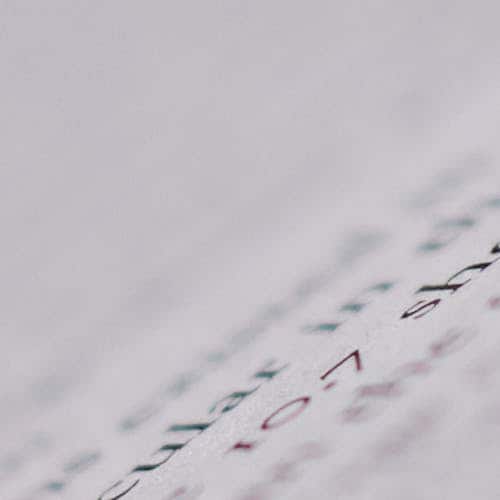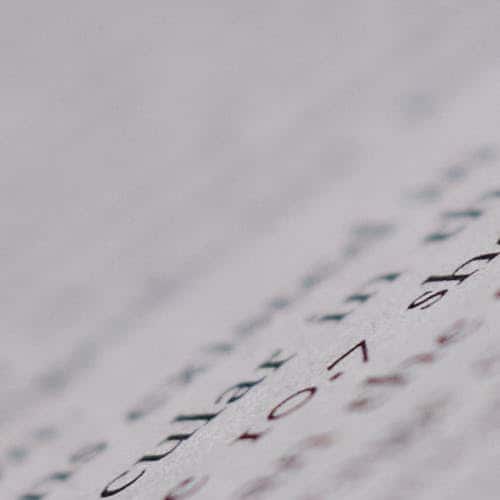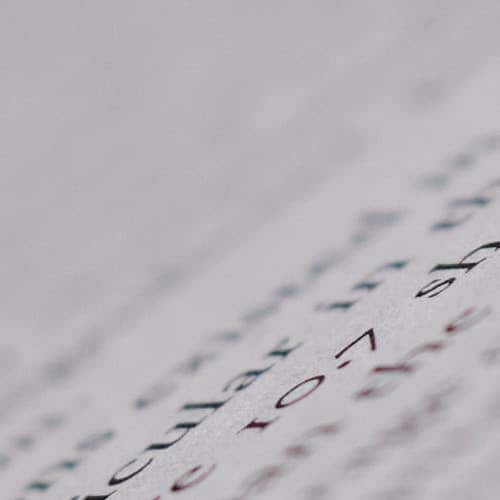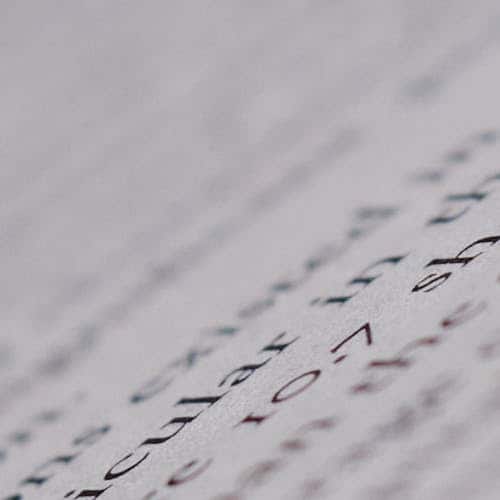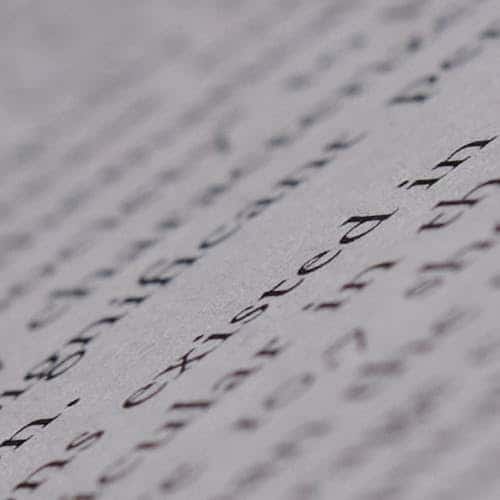Quick Facts about the Fujifilm 56mm F1.2 WR
- Weight: 15.7 oz/445 Grams
- Weather Sealed: Yes
- Filter Size: 67mm
- Angle of View: 28.5 Degrees
- Focusing Distance: 1.6 feet/50cm
- Max Aperture: F1.2
- Minimum Aperture: F16
- Image Stabilization: No
- Mount System: Fuji X
- Price: $999
- Maximum Magnification: .14x
Table of Contents
Who is the Fuji 56mm F1.2 WR for?
Whenever I examine (or anyone, really), the average Fujifilm XF photographer is going to be pleasantly surprised at the numerous amount of XF portraits lenses that exist.
Now, similar to some of the other first Fujifilm lenses (the XF 18-135mm and 35mm F1.4), the 56mm F1.2 is one of those “staple” focal lengths (85mm Full-Frame), that Fujifilm attempted to make within the first couple of years. And to the great revere of many, they created a perfect lens. It had a relatively shallow depth of field (as good as it could get for APS-C), had good enough sharpness, and also included what some people called “character.”
This lens resulted in numerous “money shots,” but as the X-Trans IV sensor arrived with quick but unreliable autofocus, Fujifilm photographers started to notice other things about this lens. For example, it did lack water-resistance, but it was very slow to focus, had a slightly mediocre close focusing distance, and even was not sharp-enough for the new 40 MP arriving on the X-H2 and X-T5.
This is when Fujifilm re-entered the space with a re-fresh. (Similar to the 10-24mn, 18mm, 23mm, 27mm, and 33mm.)
This new lens gained weather resistance, a closer focusing distance, and is quite a bit sharper, making it the best Fujifilm lens for portraits. But you might be asking yourself…
What other XF portrait lenses exist?
Every single budget is covered by the XF ecosystem, but only in regards to portrait lenses. Sure, anything from a 16mm to a 200mm could act as a portrait lens in a pinch, but we should probably only compare the 56mm F1.2 WR to other “specifically designed” options.
The F1. Bokeh-licious. Premium Price. Inconsistent autofocus.
Fujifilm XF 50mm F2
The budget “Fuji-cron” version of the portrait lens, the 50mm F2 has fast autofocusing speeds and it is weather resistant.
The 50mm F2 and the 23mm F2 make a formidable street lens combination.
Fujifilm 56mm F1.2 (non-WR)
The first version of this lens is slow, but it can be found for less than $500 in a used state.
Fujifilm 56mm F1.2 ADP
Something to do with smoother bokeh.
Fujifilm 90mm F2
This is the other popular prime telephoto within the Fuji XF mount, and it is probably the 56mm F1.2 WR’s direct competitor.
The 135mm equivalent lens us faster to focus as it contains linear motors, and it’s a popular focal length. BUT it’s only F2.
The jack of all trades for the telephoto zoom options, the Fujifilm 50-140 is the best-performing lens in regards to sharpness
Dials, Switches, Buttons, and More
Unlike other systems (Canon), this 85mm lens does not contains any image stabilization or any extra features.
The only dial, switch, and button that could be defined in this category is the aperture-lock.
This will lock the aperture from moving, and then you can designate which part of the body (I have the front command dial) set up to change the aperture.
Build Quality Review
The build quality of the 56mm F1.2 WR is exceptional. Truth be told, it feels like a small-brick attached to the X-T4 (which I test all lenses on), but I have no doubt in the longevity of this lens.
I did not see any major spots for water to enter into the lens, and it does have a weather gasket. I would feel confident in traveling the world with this lens…
Also, the manual-focus throw was very good, and it was not too far from minimum to infinity. (But does contains focus breathing as you will see in various other reviews.)
One Note: With this much glass (and a very large front element), I would recommend purchasing a UV filter on the front of this lens. It’s a 67mm thread, so it is quite easy to bump into the front of things without realizing it…
I guess speaking of size, it’s important to note that this lens does make other camera bodies extremely front-heavy. I found it to be more so on the X-T20 than the X-T4, but you will want a significant grip if you can.
I would recommend the X-H or X-T series, and if you plan on using anything else, I recommend purchasing an after-market metal grip.
Macro Performance and Reproduction Ratio
The focusing distance is 50 centimeters and the maximum magnification is .14x.
This is quite a bit better than the older lens, which had a magnification of .09x and a focusing distance of 70mm.
But you are not going to be using this lens for macro-work, if I had to imagine.
For certain subjects, yes, it can get close.
But you are not going to achieve depth of field due to getting close to the subject with this lens.
I certainly do not imagine that this lens would be good for street food photography, (especially because the autofocus is horrible.)
So, let’s just chalk this category up to “it’s not made for this.”
56mm F1.2 WR Color Fringing
I often push these lenses to their limit in the color fringing test, as I use a bright white light, a white book, a tripod, a white desk to reflect the light, and the camera. So, in all reality, you are not going to be (hopefully) testing or using the 56mm F1.2 WR in this harsh of a condition.
Color Fringing on this lens does exist at F1.2, which is to be expected as the aperture is at F1.2 🙂
And I found that as you stopped down somewhere to F2.8, the color fringing was mostly gone.
Bokeh Review
Because this lens is made for portraiture, I tested a variety of scenes with this lens. Then, we will harshly examine the bokeh below.
The full-frame equivalent of this lens is about an aperture of F1.8 (in regards to depth of field), which is interesting because I have often felt that the best portraits are taken at the true F1.4 or F1.2.
Because of this, the 56mm F1.2 just felt “good” for what it is. It’s not necessarily magical and it lacks character compared to some of the other lenses.
But I think the bokeh just looks uninspiring. t’s certainly not bad, and it handles the transitions from in-focus to out-of-focus well. It just has no memorable features about it.
Bokeh Balls Review
This lens have 11(!) bladed round apertures, which is great! With this many aperture blades, this means the bokeh balls will actually stay round as you stop down.
I found that at F1.2, the bokeh balls were not round in the corner. This was disappointing, but around F2 you really hit the sweet-spot for the bokeh balls.
There was no onion ring or soap bubble effect with this lens!
This lens is extremely sharp. (Which could be good for a portrait lens but could be bad, too!)
Fujifilm 56mm F1.2 Brick Wall Sharpness Test
I had a few takeaways. (Sorry for not including the lens at F8 in the video… the image had some problems.)
- The center is marginally sharper at F1.2. However, I don’t expect too many people to notice the difference.
- Between F2 and F8, the 56mm F1.2 is very sharp..
- I found that the image degradation started at F8, but it became very noticeable at F11.
- An aperture range of about 5-6 effective stops of great image quality is very difficult to do, so kudos to Fujifilm for that!
56mm F1.2 WR Autofocus Test
I felt like the 56mm F1.2 WR’s autofocus deserved its own section due to how it performed. (Spoiler alert: It’s pretty bad.)
Photo Autofocus
For the photo autofocus test, I bounced between single-point and zone-focusing. Additionally, I tried tracking; however, the wide-tracking was bad… like early 2010’s horrific in regards to autofocus.
This lens is going to lack linear motors (similar to the newer 23 or 33mm), so it is going to be slower. But it is even more certainly slower than some of Fujifilm’s oldest lenses.
Plus, the DC motor is audible.
Video Autofocus Performance
And because the DC motor is that audible (note: I did turn it up a bit in post-production, as I just recorded it on my iPhone’s audio.)
It renders the 56mm F1.2 WR almost useless for video, too.
The automatic focus pulls to my face kind of showed hesitancy in the video below.
And you will see that it found me in almost three different steps.
Will the newer XF Bodies (X-Trans V sensor and beyond) ever have fast Autofocus with This Lens?
Because of the limitations of this autofocusing motor, I actually DO NOT foresee the newer X-Trans sensor being faster with this lens.
Instead, I think it will be accurate, but it will still take some time to focus.
Distortion Test
I did not notice any visible distortion on this lens, even with the Camera Lens Profile correction turned off in Capture One!
Vignetting
It would only be natural if there was vignetting with an aperture this wide, but I really did not notice too much.
Sunstars/Starburst, Ghosting, and Flaring
- Sunstars/Starbursts
I was not quite expecting to get sunstars from this lens, but I was happy with the results.
Sometimes, it’s just nice to know that it’s possible.
- Ghosting
To be honest, I pushed the 56mm F1.2 WR to the max when I tested the sunstars, and there is no good reason that you should test the lens under these extreme circumstances. (i.e. leaving so much of the sun in the frame and not using a lens hood…..)
But I found that the ghosting was almost minimal! (Except for the large purple dot, which disappeared by 5.6.
- Flaring
The flaring is also very well controlled, too.
Sample Images
Pros of the 56mm F1.2 WR
- Image Quality
- Flaring and Starburst Effect
Cons of the 56mm F1.2 WR
- Please see “reliability” below
My Rating
The 56mm F1.2 WR is designed well, but it’s hyper-specific in regards to practicality.
As a photo-first (and only) lens, you might be wondering if it’s worth the $1,000 upgrade. To put it bluntly, yes. But if you are on a budget, it would make sense to look towards the used-, non-WR version of this lens. It can now be found for sub-$500!!!
Price: 5/5
Reliability: 3/5
I hate deducting two points, but I found the autofocus to just make things and life difficult.
Fujifilm is not keeping up with their peers, and it’s starting to show in their lens construction, too.
Functionality: 5/5
85 millimeters is a highly functional lens. Does it create some unnecessary balance on smaller cameras? Yes. Are people going to notice it too much? No.
Style: 5/5
Looks good.
Total: 18/20 or 90%
For Fujifilm photographers, the only downside is the autofocus. Otherwise, this is a perfect lens by Fujifilm.
